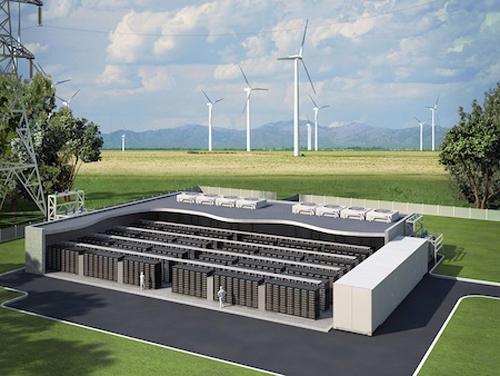solar power grid facilities in Australia
At present, there are three states in Australia are conducting grid energy storage facilities project tender, but the country's energy efficiency projects are still difficult to attract investors. In a keynote address at the Australian Energy Storage Industry Conference held on June 14, 2017, Ali Asghar of Bloomberg New Energy Finance introduced the commercial operations of the Australian grid-level energy storage project. The continued decline in battery prices has created opportunities for new energy storage applications - the cost of lithium-ion batteries has been reduced by 73% since 2010 and is expected to further reduce 75% by 2030, mainly benefiting from the production of lithium-ion batteries With the rise of electric vehicles and surge. Every time the battery price falls, it will make more battery applications more economically viable, and grid-level energy storage project is the latest beneficiaries.
Energy storage can provide many services, but some of these services have neither a stable income nor a higher risk. In Australia, theoretically energy storage facilities can provide a variety of services and get income, but not all services are open to commercial projects, and the current open services that are neither stable nor risky. For example, the highly competitive energy and ancillary services market is open to any new grid-level energy storage projects, but the incomes they can provide are extremely volatile due to uncertainties in future energy prices and ancillary services.
Energy storage facilities may be economically viable, but still do not have enough commercial attraction. According to the frequency control and ancillary services (FCAS) price since 2016, the energy storage business is currently economically viable, but there are still many factors that make investment in grid-level energy storage projects less commercially attractive, including future FCAS price uncertainty, the lack of capacity price, and renewable energy generators do not have mandatory obligations.

Finkel's comments may have brought good news for the development of energy storage business. In the commentary on "Future Security in the National Electricity Market," Australian chief economist Alan Finkel suggested that future renewable energy generators travel to the following obligations: (1) must have fast frequency response capability, (2) Level to maintain a certain amount of distributable capacity. Although these proposals will not directly encourage the project operators to install energy storage facilities, but it does help to promote the new renewable energy project equipped with battery system.
Here are a few sets of data that we counted:
4%
An unlawful pre-tax internal rate of return (excluding unidentified FCAS income) for a 1 MW / 1 MWh project in southern Australia
75%
It is expected that the solar battery price will drop from 2016 to 2030
2019
Secondary life electric vehicle battery into the fixed energy storage equipment market time













